
Gwangju is the biggest city in Jeolla-do and the fifth largest city in South Korea. Against the backdrop of Mudeungsan Mountain (1,187m), the city has many important cultural heritages and attractive landscapes as well. In particular, the changes of Mudeungsan Mountain throughout the four seasons are considered the most beautiful scenic sights in Gwangju, along with the walking trail in Jungoe Park. In addition, Gwangju is famous for its diverse and delicious cuisine made with a variety of abundant ingredients ranging from agricultural products cultivated in wide plains to seafood caught in the nearby coastal areas. Regarding local festivals, the Gwangju World Kimchi Culture Festival is held every year to promote kimchi, one of the most representative foods of Korea, while the Gwangju Biennale provides a spotlight for many cultural and artistic projects in order to raise Gwangju’s profile and status as a leading cultural city in Asia. Currently, Gwangju is striving for designation as a UN Human Rights City, in an attempt to establish its identity as a democratic peaceful city of human rights.
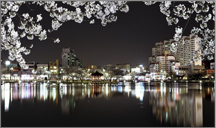
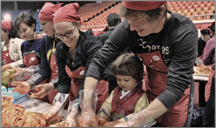
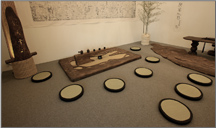
1.47million
501.18㎢
- From Seoul : 50 minutes by air, 2.5hours by KTX, 3.5hours by express bus.
- Southern provincial style Korean Meal (Featuring a variety of spices and salted fish)
- Tteokgalbi (made from galbi, or short ribs, mixture of beef and pork into a rectangular appearance then grilled on charcoal)
- 2015 Summer Universiade tournament
- Gwangju Biennale, held every two years (ternational Art Exhibition) with first exhibition held in 1995
- Barley Rice Street, Tteokgalbi Street, Kkotgejang (Raw Crab) Meal Street; several foodie places throughout the Foodie streets making it easy to enjoy a variety of food and beverage
| Jan. | Feb. | Mar. | Apr. | May. | Jun. | Jul. | Aug. | Sep. | Oct. | Nov. | Dec. | |
|---|---|---|---|---|---|---|---|---|---|---|---|---|
| Centigrade (℃) | 0.6 | 2.5 | 7.0 | 13.2 | 18.3 | 22.4 | 25.6 | 26.2 | 21.9 | 15.8 | 9.1 | 3.1 |
| Fahrenheit (℉) | 33.08 | 36.5 | 44.6 | 55.76 | 64.94 | 72.32 | 78.08 | 79.16 | 71.42 | 60.44 | 48.38 | 37.58 |
※ For weather information : http://web.kma.go.kr/eng/index.jsp
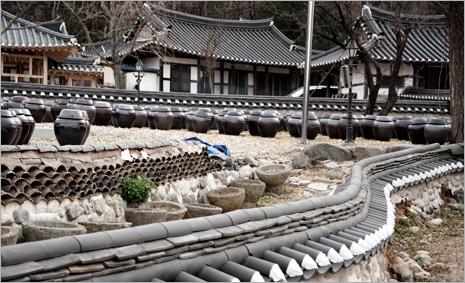
Gwangju, located in the southwest corner of the Korean peninsula, is the fifth largest city in Korea and has grown to become the central city of Jeolla Province. It remains a sacred place where a host of Korea’s traditions and beauties have been well preserved and kept in their original state.
Read MoreExplore hidden treasures
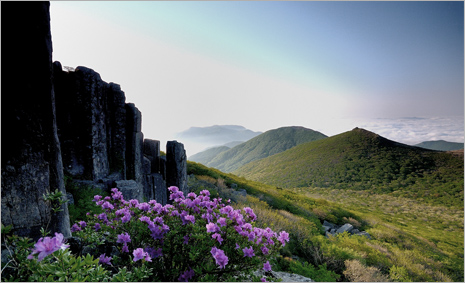
Mount Mudeungsan (alt. 1,000 meters)'s scenery throughout the four seasons is considered one of the most beautiful scenic views of Gwangju. To experience the mountain magic to the fullest, set aside some time to simply wander the trails of Mudeungsan Mountain, Jungoe Park and stop by Jeungsimsa Temple.
Read MoreBreath of Fresh Air
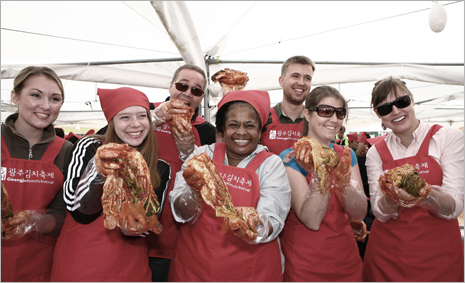
Gwangju has been and still is famous for its culinary traditions. Every year, Kimchi Festival is held and the city has been expanding its program of cultural and art projects laying the groundwork for future international events.
Read MoreFoodie Tour - Taste of Korea